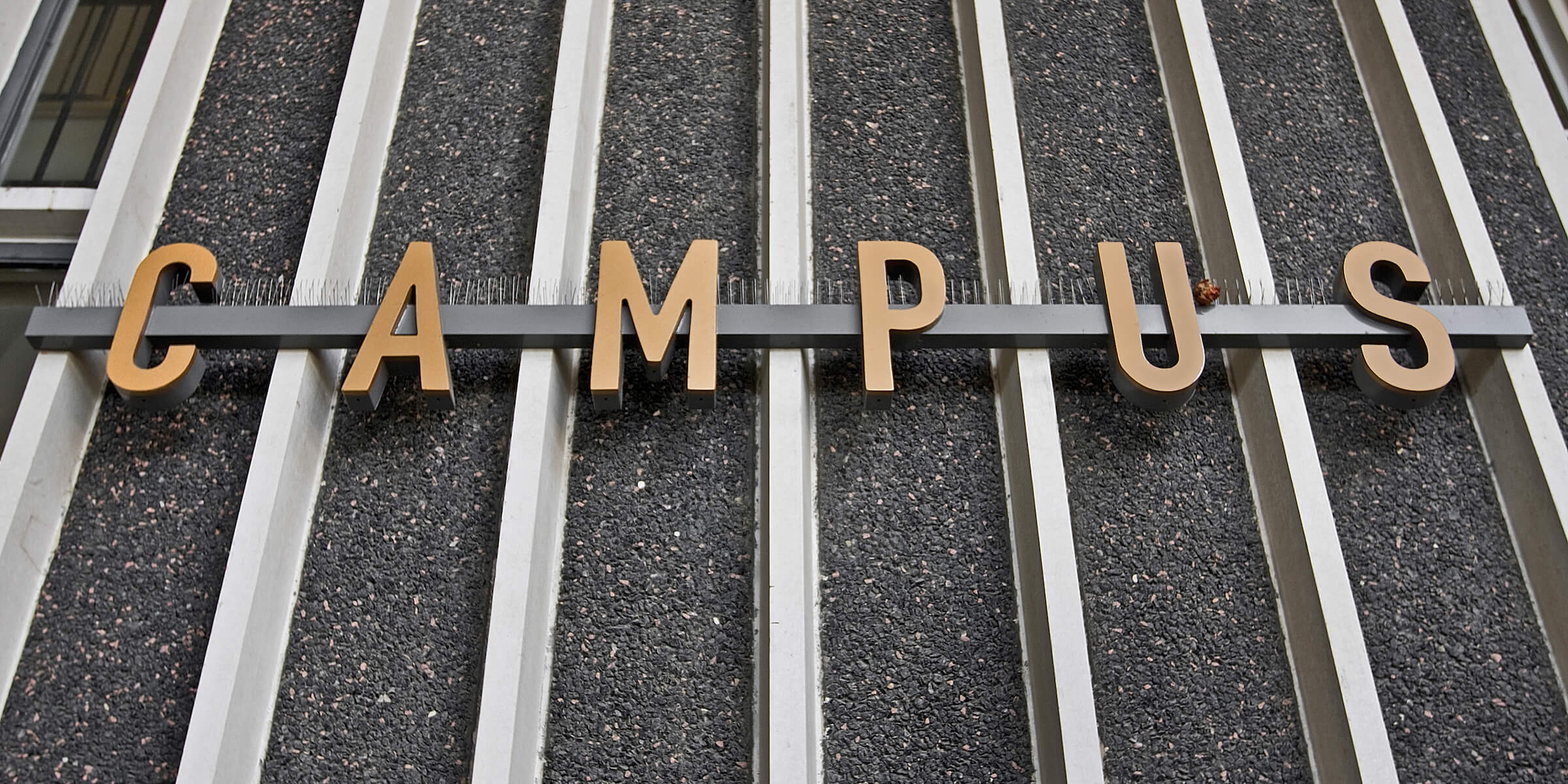Rethinking Credentialing for the 21st Century
Non-traditional students expect flexibility from their universities, both inside and
outside the classroom. But what does this really mean?
In short, it means that today’s students see themselves as the masters of their educational experience. They’re going to enroll in whatever course or program meets their unique scheduling needs and career goals.
Institutions can’t simply offer a strict set of defined programs, offered over strict and defined timelines, and assume they will meet the needs of their students.
Non-traditional students want a personalized and customized higher education experience that’s responsive to their unique needs. It’s up to colleges and universities to provide that.
The need for diversified programming options is best illustrated through the Spectrum of Learner Access, outlined by Dave King (former associate provost at Oregon State University).
As you move from left to right along the spectrum, the time and resources learners are expected to invest in their education increases significantly. Of course, many non-traditional learners (who already represent the vast majority of students that institutions are serving) don’t need the level of credential offered on the credit-based side of the spectrum, and don’t have the time or money to invest in such an intensive program offering.
King’s Spectrum of Access suggests that learning opportunities should be modular, interactive and learner-driven; allowing students to progress through an educational journey of their own design towards outcomes that meet their specific needs.
"The first step to ensuring we are meeting the academic needs of students Spectrum-wide is recognizing the need to create seamless links across the sectors," wrote King in his article on The EvoLLLution. "Working in a more modular fashion within each sector opens the opportunity for linking without forcing some of the more entrenched players to cross over."
Fundamentally, programming currently gated within the bounds of degree offerings needs to be opened up to a wider range of people with a wider range of needs. This doesn't translate to a diminishing of quality—simply a democratization of access that allows people to engage with the learning materials they need, when they need them.
Beyond programming, student services practically beg to be unbundled. Given the diversity of learners that modern colleges and universities are serving—and the wide array of needs they bring to the table—postsecondary institutions should explore ways that they can unbundle and broaden access to their services arrays as well.
For example, while career and student services aren’t available to many non-credit learners, they can often be charged a campus activity fee.
“Institutions might consider offering tiered levels of service that provide students with the services they need before, during and after graduation,” wrote Cathy Sandeen, chancellor of the University of Alaska-Anchorage in an article on The EvoLLLution. “Each tier or bundle might be priced differently depending on the particular student’s needs.”
This model would more closely mirror the kinds of on-demand and customized packages we’re starting to see other industries—like banking, airlines and even streaming television—are starting to provide. Not every customer is the same, and they will often be looking for different levels of service that meet their outcome needs and cost constraints.
Sandeen continued:
“Some students need “high touch” advising and other services throughout their time on campus. Other students are more self-sufficient and need fewer of these services. Many students expect some form of career counseling and preparation throughout their programs, but some are employed and are focused on their educational and degree attainment. Non-traditional working, commuting students generally do not have time to take advantage of the campus environment and services provided to residential students. Student veterans have unique needs. Online students frequently pay an additional technology fee for their courses.
Given this spectrum of needs, and to the degree that state and institutional policy allow, an institution might consider charging variable fees depending on the wrap-around services provided to different categories of students. This unbundling of services provides flexibility and potential cost savings to students.”
This unbundling trend intersects with another significant shift higher education institutions are trying to adapt to, which is the increasing number of learners looking for just-in-time programming. That need stems from the growing impact of automation, which is reducing time spent on manual tasks and forcing individuals to upskill or reskill to remain relevant in the labor market.
Increasing numbers of people require bite-sized training to grow in their careers. Colleges and universities have a two-part mandate in serving this growing audience of students. First, schools will need to adapt to serving these learners according to their needs. Second, they will also need to provide learners with formal recognition of their coursework or newly acquired skillsets.
WANT TO LEARN ABOUT HOW NON-TRADITIONAL LEARNERS ARE DISRUPTING THE TRADITIONAL MODELS?
Download our executive guide on credentials for non-traditional students.
Last updated: October 1, 2020



